We are essentially a community organization formed to unite and support the Mahawar Vaishya (Mahavar/Mahor) community in the region.
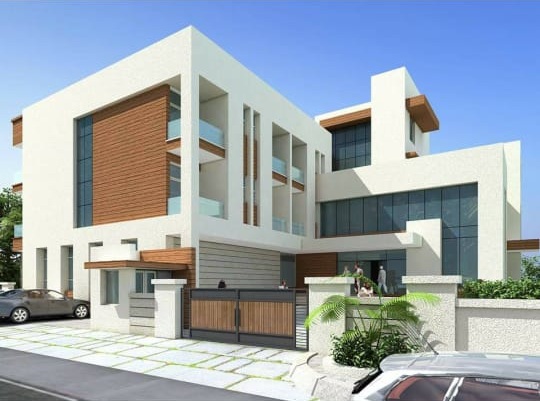
Office Bearers

President
Advocate
House No.- 7685/26a,
Opp. Pantaloon Show Room,
Shiv Nagar Delhi Road, Rewari - 123401 (Haryana)
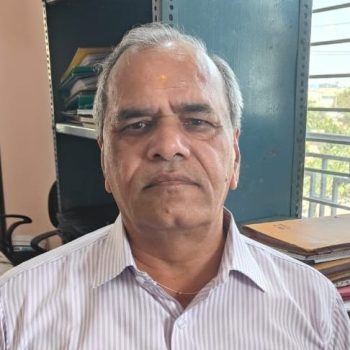
Vice President

Secretary
CA, B.com, FCA
Proprietor Of Gupta Subodh Manas & Company Practicing from- 1999
Mobile No - 989601100
President Of Rotary Club Of Rewari City in 2016-17
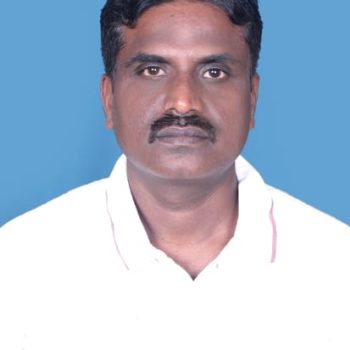
Asstt. Scretary
B.Tech
S/O Sh. Fateh Chand
H.No. 7587, Rawali Hatt
Near Mata Chock, Rewari
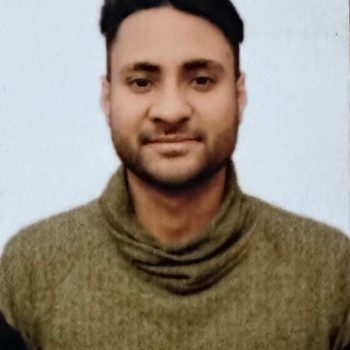
Treasurer
CA
S/O Kailash Chand Gupta
Partner at ARVA & Co. LLP Chartered Accountant since 2016.
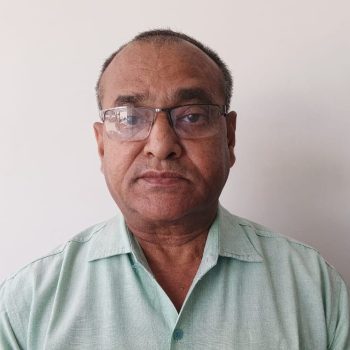
Executive Member
S/O Sh. Kisrori Mal Gupta
H.No- 184, Sector -1, Rewari (Haryana)
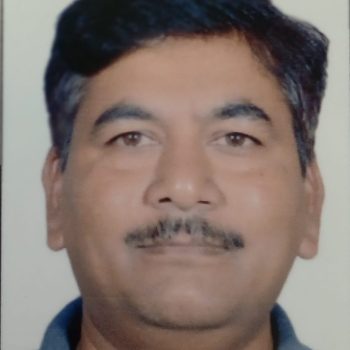
Executive Member
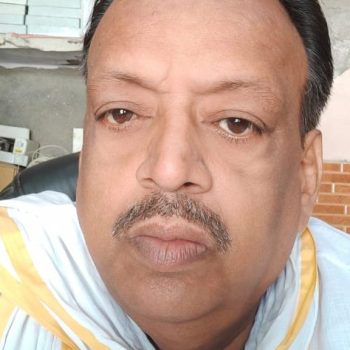
Executive Member
S/O Banarsi Dass Gupta
House No. - 7009
Mohalla Ballu Wara Rewari
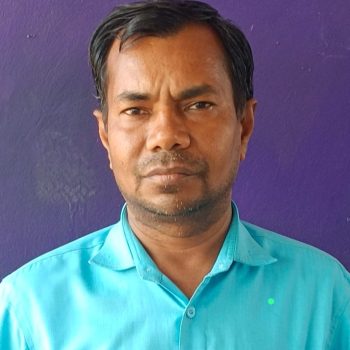
Executive Member
S/O Ramavtar Gupta 2486 Jiwali bazar
Bindawali Gali Rewari
The Mahawar Vaishyas are a sub‑caste of the Marwari Bania (Vaishya) caste, historically known as prominent traders and merchants. Forming a Sabha helps preserve and strengthen cultural identity, social bonds, and religious traditions within this group—especially in a city like Rewari.
Our Community Sabhas typically organize “dharmashalas” and “bhawans” (community halls, temples, lodging) to support pilgrims, students, and members needing space for events For example, Rewari has Shri Mahawar Vaishya Dharmshala located in Jivji Bazaar, complete with halls and rooms for community functions and now new Bhawan is constructed in Sector-4, Rewari.
Historically, Mahawar Vaishyas have a tradition of philanthropy and support within their communities. Creating a structured Sabha allows pooling resources for education, charity, and social upliftment.
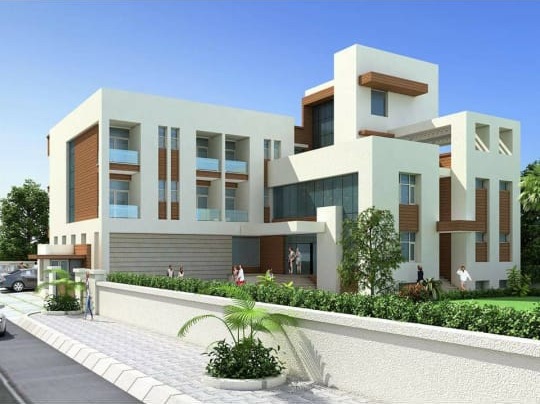
"Welcome to Mahaver Samaaj – United in Culture, Committed to Service"
In Sanskrit vanij means trader or merchant. The name Bania is derived from this word, hence Banias are large trading community.
Existence of Bania
Approximately, there are 25 million of Banias and they live in the states of Uttar Pradesh, Rajasthan, Gujarat, Andhra Pradesh, Maharashtra, Madhya Pradesh, Delhi, West Bengal, Haryana, Bihar, Karnataka, Punjab, Orissa, Tamil Nadu, Chandigarh and Assam.
Beliefs
Customs
Occupation
Education

"Welcome to Mahaver Samaaj – United in Culture, Committed to Service"
In Sanskrit vanij means trader or merchant. The name Bania is derived from this word, hence Banias are large trading community.
Existence of Bania
Approximately, there are 25 million of Banias and they live in the states of Uttar Pradesh, Rajasthan, Gujarat, Andhra Pradesh, Maharashtra, Madhya Pradesh, Delhi, West Bengal, Haryana, Bihar, Karnataka, Punjab, Orissa, Tamil Nadu, Chandigarh and Assam.
Origin Of Bania
The Vaishyas are in third position in Hindu caste system. Vaishyas supposedly evolved from Brahma’s thighs. The Vaishya’s duty was to ensure the community’s prosperity through trade and merchandising. The colour associated with this Varna is yellow, which symbolises Rajas/Tamas, meaning quality in general.It is believed that Bania community is originated 5000 years ago when an ancestor Maharaja Agrasen (or Ugarsain) of Agroha, Haryana divided the Vaishya community into eighteen clans. Some traditional North Indian surnames include Aggarwal, Gupta, Lala, Seth, Vaish, Mahajan, Sahu and Sahukar.
There are six subgroups among the Bania – the Bisa (Vaish Agarwal), Dasa (Gata Agarwal), Saralia, Saraogi (Jain), Maheshwari (Shaiva) and Oswal. The Bisa believe that they are the descendents of the seventeen snake daughters of Bashak Nag (cobra) who married seventeen sons of Ugarsain. The husbands slept with the handmaidens of the snake daughters resulting in Dasa offspring. The Bisa (twenty) consider themselves of a higher status to the Dasa (ten). The Saralia are an offshoot of the Bisa who migrated to Saralia, near Ambala in Haryana.
According to the Hindu caste system the Bania (Vaishya) are third in hierarchy below Rajputs and Brahmins but higher than all other castes. Due to the caste status Banias accept food and water from higher castes but will not offer food and water in return, but they will give to lower castes, but will not accept food from them. They speak Hindi amongst themselves as well as the regional language of the states they reside in.
Beliefs
Customs
Our Main Objectives
Empowering Lives Through Social Welfare
Mahaver Samaaj is dedicated to supporting the underprivileged through health camps, food distribution, and charity drives. We believe in uplifting every member of our community with compassion, care, and consistent efforts. Our aim is Supporting the needy through charity, health camps, and awareness drives.
Preserving Our Heritage Through Cultural Programs
We organizes festivals, traditional events, and community gatherings to celebrate our rich cultural roots. We aim to keep our customs alive and pass them on to future generations with pride and unity.
Inspiring the Future Through Youth Engagement
We encourage young members of Mahaver Samaaj to lead, participate, and contribute through cultural, social, and volunteer activities.
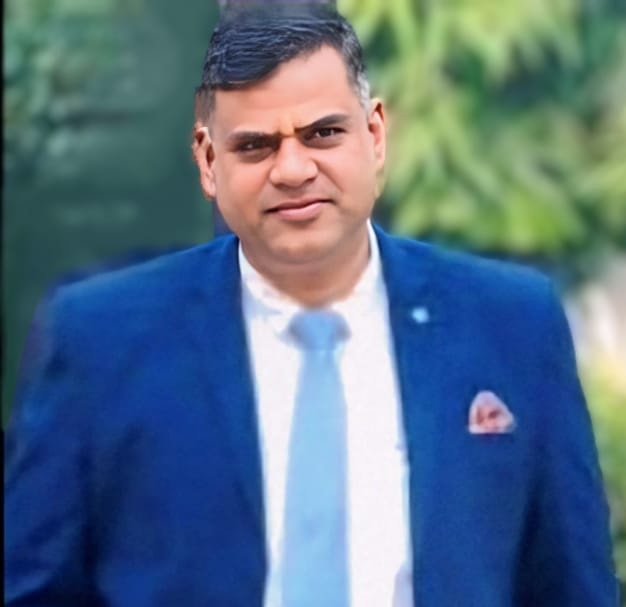
🧭 Mission
To serve society through unity, cultural preservation, and compassionate social welfare.
🌟 Vision
To build a progressive, empowered, and spiritually enriched Mahavar Samaaj for future generations.